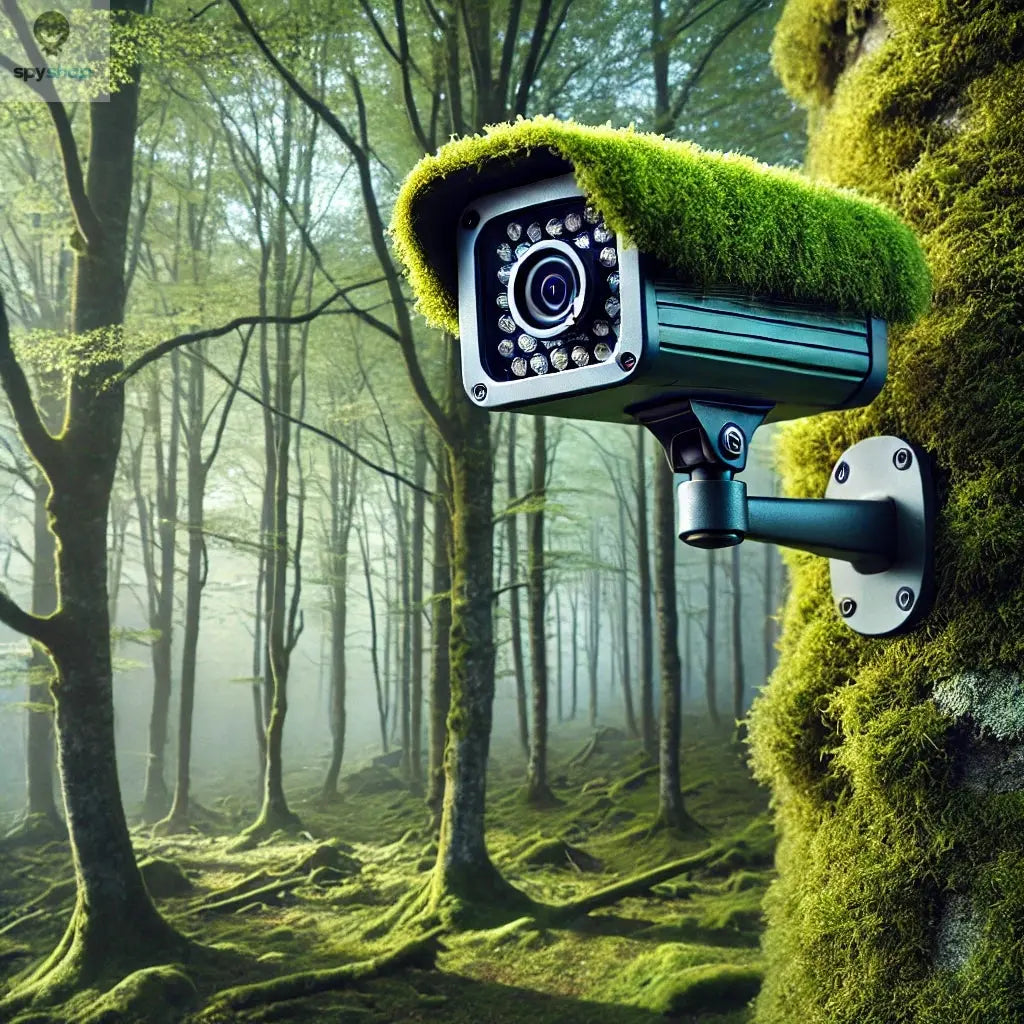
Bug Detection Tips
bug detection - Everything You Need To Know About Being Bugged
bug detection It doesn't matter if you are an individual, a business, or a large corporation — anybody is at risk of being bugged. But what do we mean by "being bugged"? And why you? You may not have the importance of a political figure, but there are many reasons why another individual, business, or large corporation may want to bug you.
Let's look at addressing the potential bugging threats and what this means, why it happens, and how you can protect yourself using simple counter-surveillance tricks.
Person listening to headphones while operating a reel-to-reel tape recorder.
Tags: Surveillance Detection, Privacy Protection, Counter-Surveillance, Bugging Devices, Bug Detector
What Does It Mean To Be Bugged?
bug detection In short, you would be the target of an entity who wishes, through their own hidden agenda, to infiltrate your work or home balance, network of contacts, and social aspects. In fact, every cornerstone of information that you own is 'game-on.' Most likely, and depending on the authority of the person(s) doing the bugging, you wouldn't have any suspicions — at least until it's financially or reputably too late.
Who Is Most Susceptible To Being Bugged?
For the commercial market, Online Spy Shop has noticed an uptick in customers inquiring about how to better protect themselves from a current or ex-partner. And while the majority of inquiries are from women, the ratio is closely followed by a high demand from men.
Our experience has shown that stalking is the number one inquiry for purchasing a bug detector as an aid to help protect themselves from illegal eavesdropping of their conversations, GPS tracking of their whereabouts, and indoor/outdoor cameras that monitor their comings and goings.
Outside of the commercial market, the arena opens up vastly and intensely due to the absurd levels of corruption around the globe. Whistleblowers, IT sector workers, and political figures often face surveillance threats to gain access to sensitive information or strategic plans.
bug detection - What Are The Tactical Methods To Bug Somebody?
Careful planning, technical knowledge, and discretion are combined to launch professional 'over-the-air' and physical bug implants to successfully interrogate property, vehicles, smartphones, tablets, laptops, and network facilities. Using a combination of misdirection and manipulation to gain access to a location often requires skills like lock-picking or duplicating keys 'on the fly.'
Social engineering is another clever way of tricking someone into installing a bug themselves, such as sending a malicious USB drive or convincing someone to scan a barcode.
What Are The Signs You May Be Bugged?
It is imperative to know if you are being monitored and how to take action. In general, if you notice any of the following, you might be under surveillance:
-
Sensitive information known to unauthorised individuals.
-
Competitors seem unusually well-informed.
-
Unexplained break-ins where nothing of value is taken.
-
Disturbed fixtures like sockets or switches.
-
Unusual sounds or interference on electronic devices.
-
Unexpected battery drains or odd device behaviour.
-
Increased network activity or unexplained data usage.
Should You Use Countermeasures?
Absolutely! Using counter-surveillance measures is the best way to protect yourself. Common tactics include:
-
Conducting electronic sweeps with RF detectors.
-
Undertaking physical inspections for out-of-place objects.
-
Replacing or testing handsets for abnormalities.
-
Securing electronic devices and networks.
-
Hiring professionals for thorough covert detection sweeps.
'Do-It-Yourself' Bug Detection Equipment
Purchasing professional equipment can be expensive because no single bug detector can detect everything. However, the following items are effective:
-
RF Detector: Detects radio frequencies emitted by bugs.
-
Hidden Camera Detector: Identifies lenses in hidden cameras.
-
Thermal Camera: Locates heat signatures from electronic devices.
How To Conduct A Sweep
When sweeping for bug detection:
-
Pay close attention to vent grills, electrical sockets, and light fittings.
-
Check for signs of drilling or fresh mortar in external areas.
-
Compare suspicious objects with identical units to spot anomalies.
We have written many blog posts on bug detectors and how to use them. For more information, read our article, The Rise Of The Bug Detector.



